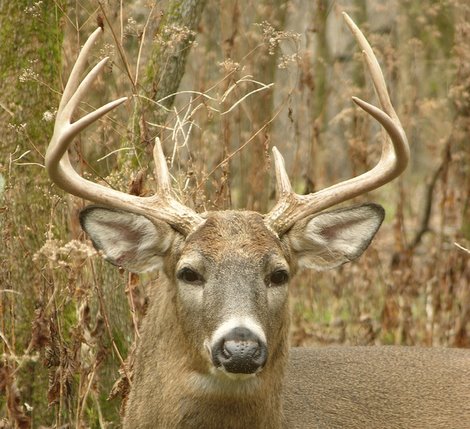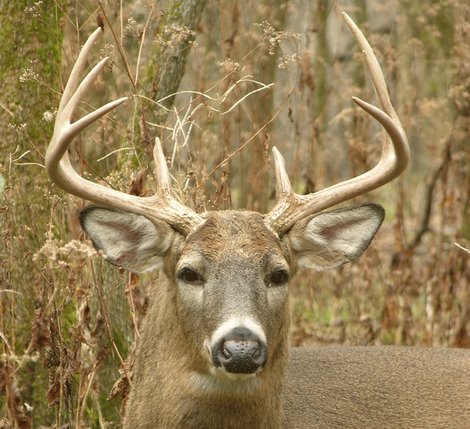In general, white-tailed deer generally live within a home range of approximately one square mile. However, this range can increase during the breeding season, especially for bucks. Unless your property is high-fenced, a deer’s daily movements within that home range throughout the year often results in movements into habitat found on more than one adjoining landowner.
As a result, it is important to understand that landowners share individual animals. For this reason, the potential for successful white-tailed deer harvest management diminishes as landownership size decreases. It makes sense that as the size of individual ranches continues to decrease throughout an area, effective and meaningful management can be a challenge.
Fragmentation of habitat often results when changing land uses occur on adjoining tracts of land that were once uniform rangelands or woodlands. The increasing cost of land and the desire for folks to have just a small “piece of heaven” only increases fragmentation issues.
Once split up for focus on ranching, farming, or whatever it may be, the food and cover required to support a desired density of white-tailed deer may no longer be present. And due to different management philosophies, or lack thereof, the quality of habitat may also vary considerable on between ranches or varying size. Overgrazing of rangelands by livestock, the development of improved grass pastures, or any other land use for that matter, can modify, reduce, or eliminate white-tailed deer habitat and the associated animals.
As landownership size decreases, the potential for over-harvest of a white-tailed deer populations increases. Bucks that leave their home range during the rut will likely be exposed to added hunting pressure on adjoining ranches that may not have the same goals and objectives.
In general, most landowners neither do not set harvest recommendations based on population management criteria, nor do they restrict the number of hunter on lands they lease out for hunting. If you own a smaller tract of land, think about forming cooperatives or local associations to develop common goals and objectives for white-tailed deer management. It can work and you can make it happen!


